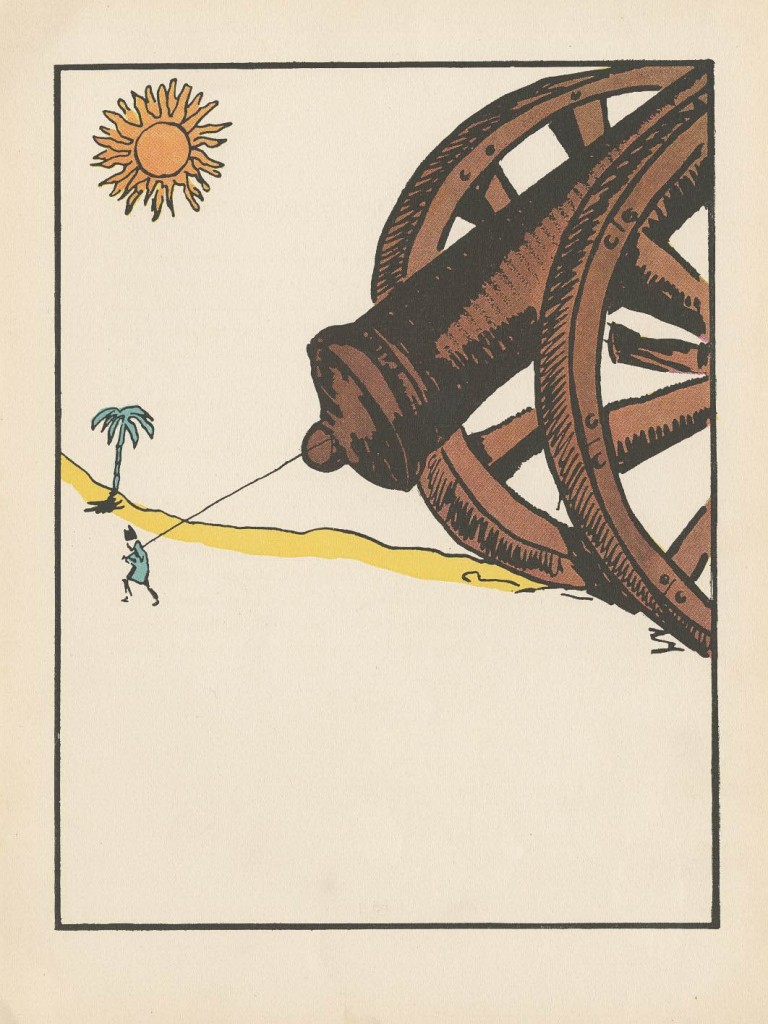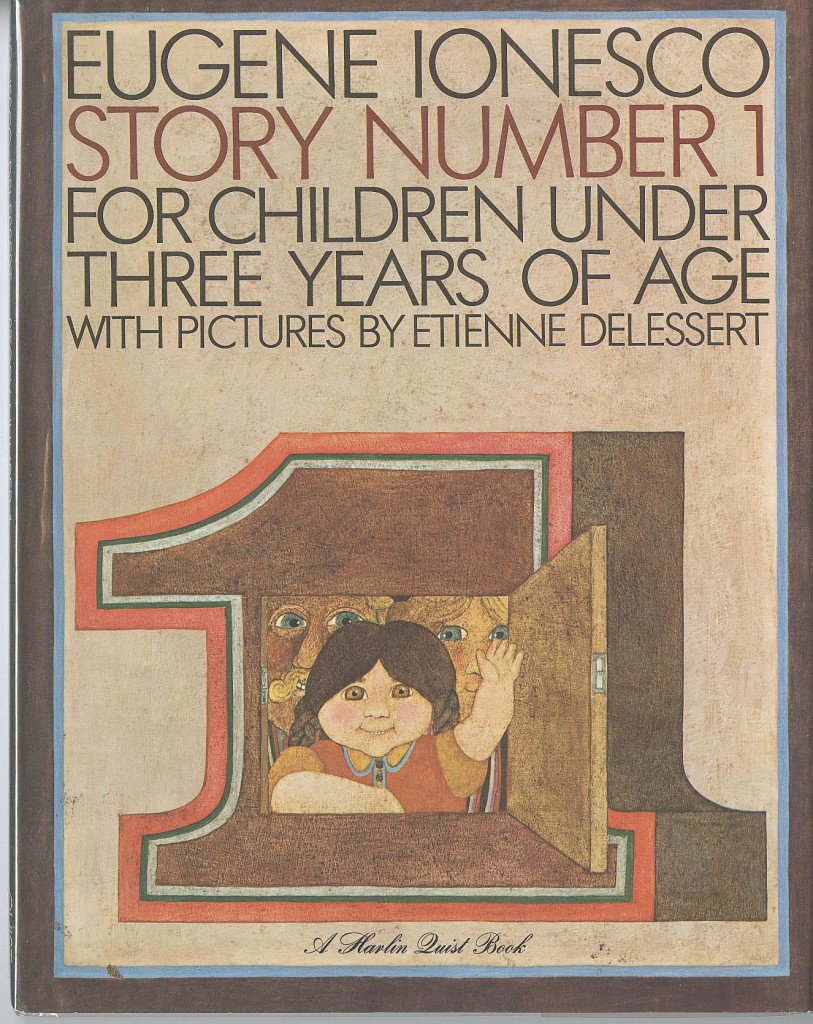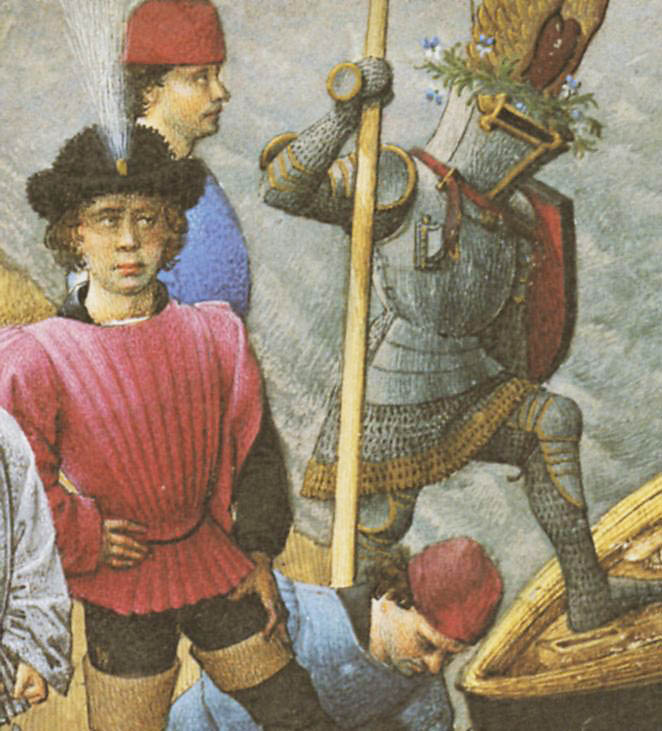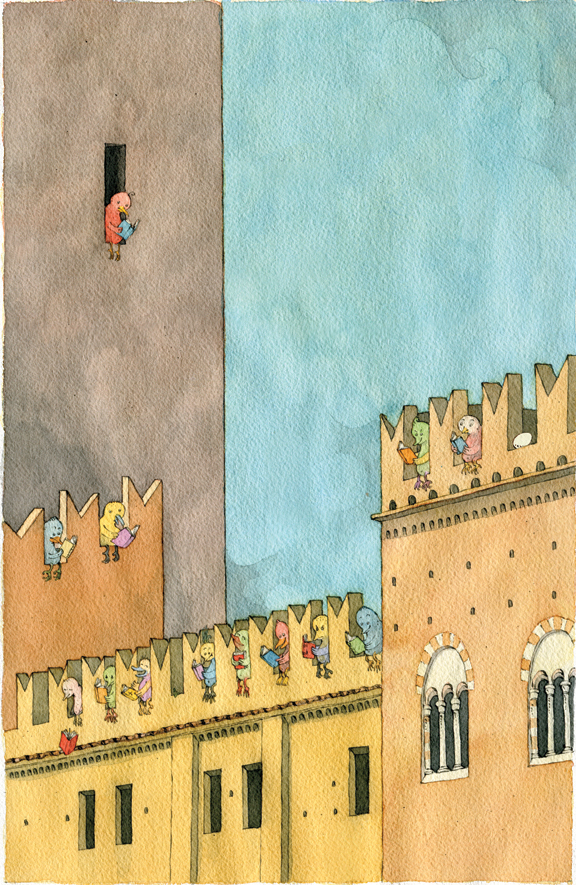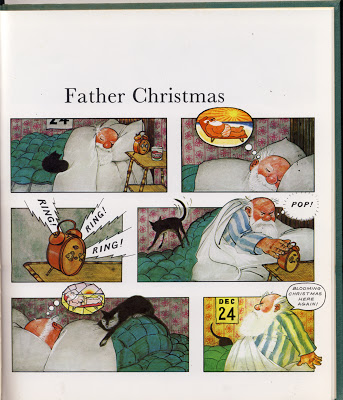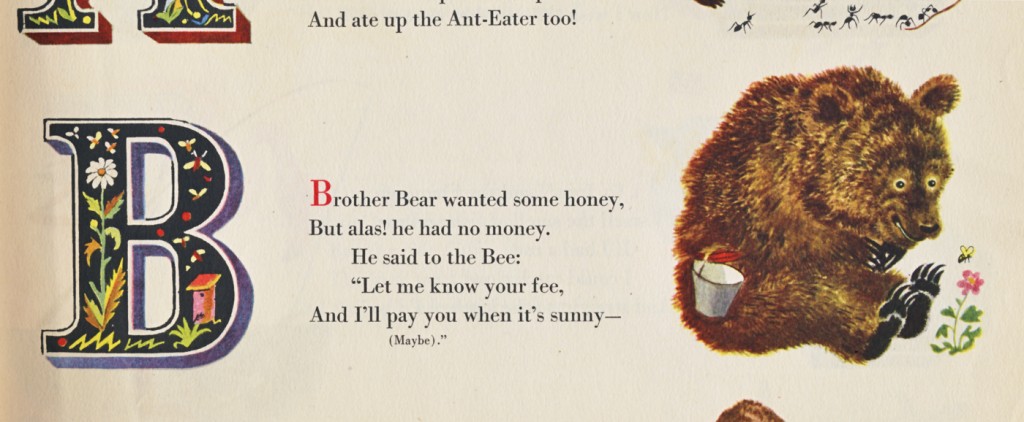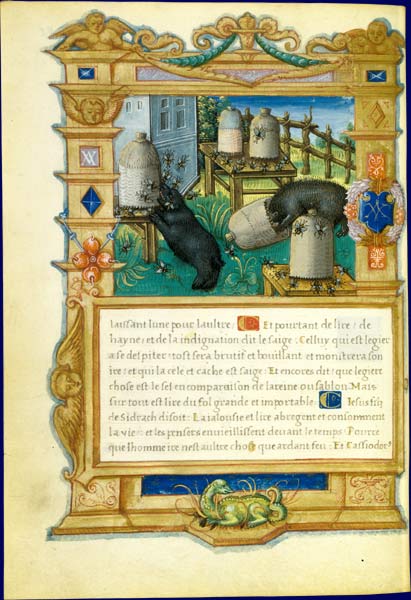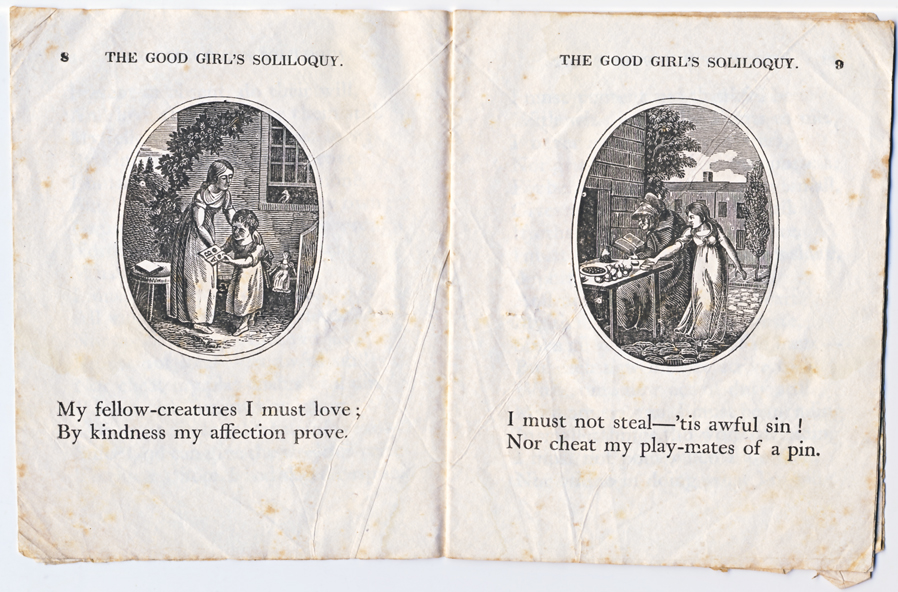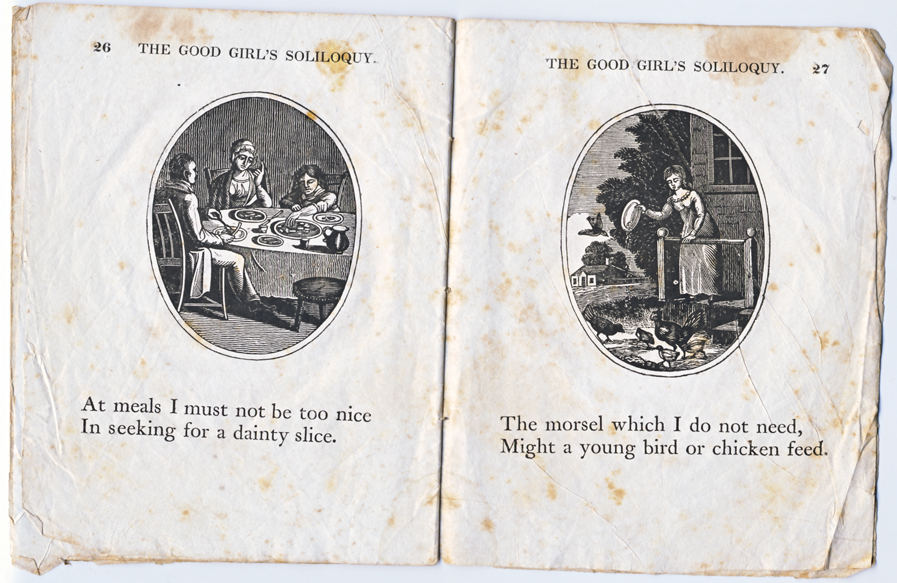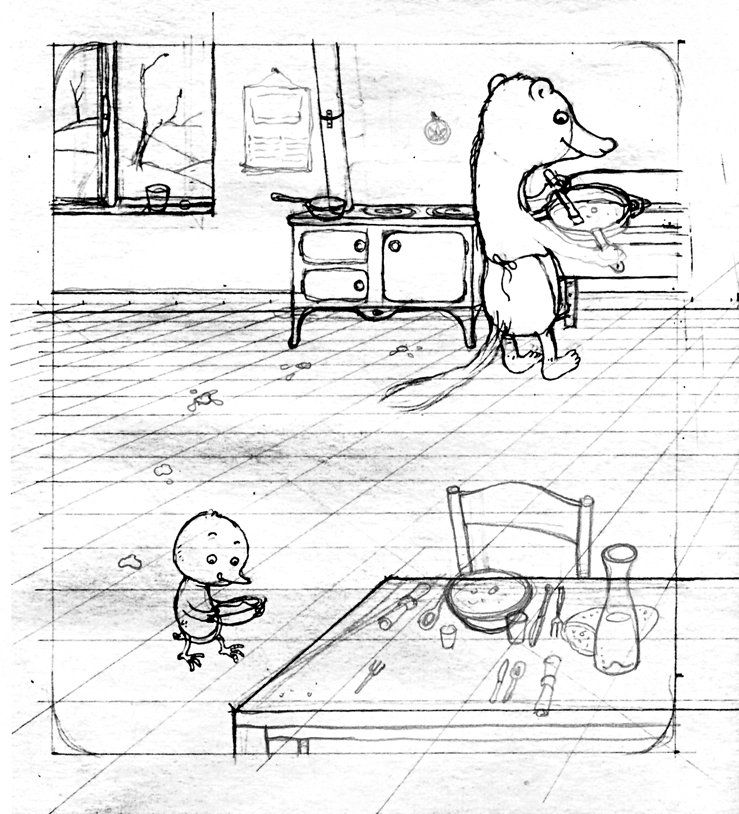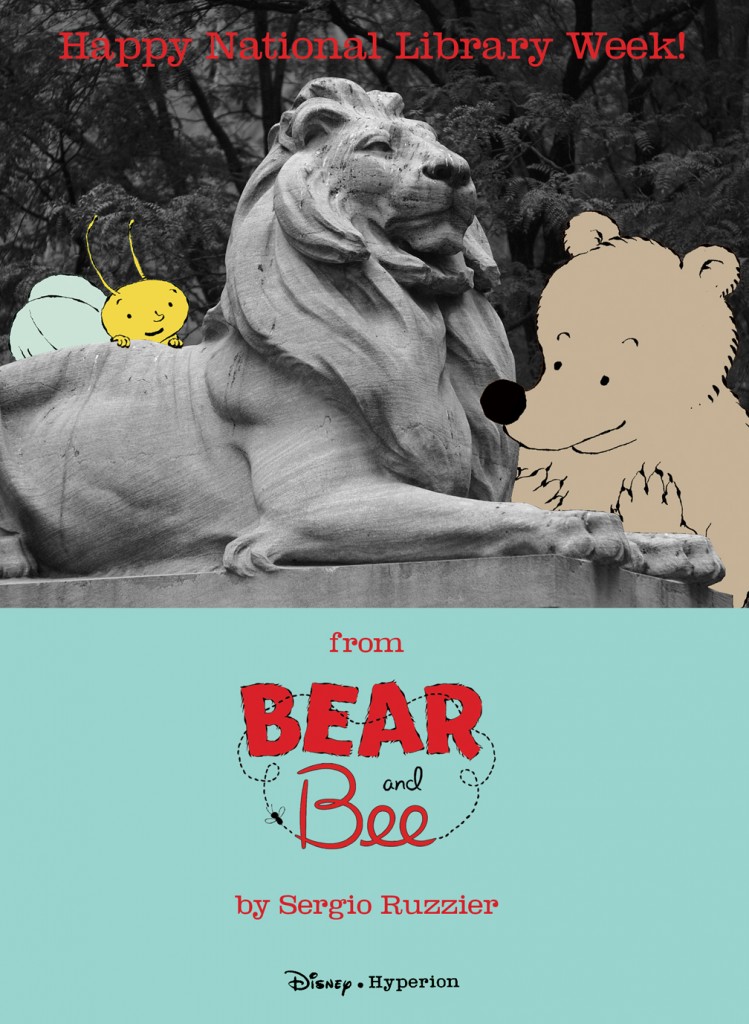I am very happy (if a bit bashful) to post Paul Zelinsky‘s list.
Note: Paul is usually not this blurry.
S.R.
I’m glad this isn’t a list of my ten favorite picture books, but a list of ten of my favorite picture books, because I have tremendous trouble choosing favorites of anything, and I couldn’t bear making a list that would omit the hundreds of other choices that I could have, and probably should have, made.
It wouldn’t be too hard to come up with a list of ten great classics that belong in any list of ten, such as (in alphabetical order):
Ludwig Bemelmans’ Madeline
Margaret Wise Brown’s Goodnight, Moon
Eric Carle’s The Very Hungry Caterpillar
Wanda Gag’s Millions of Cats
Ezra Jack Keats’ The Snowy Day
Beatrix Potter’s Peter Rabbit
Maurice Sendak’s Where the Wild Things Are
Esphyr Slobodkina’s Caps for Sale
William Steig’s Sylvester and the Magic Pebble
(of course part of what defines a great classic is that it is older than the person calling it that. Some of these above are actually younger than I am, but not by a lot).
Instead, I’m going to go for some other books that may be obscure but have meant a lot to me, or impressed me in some way, and might be interesting for people to take a look at. I’ll put them in antialphabetical order, by title.
The most obscure of the lot is:
Wilbur the Hat
by Hendrik Van Loon
which I only know because I have my mother’s childhood copy of it.
This 1925 tome is weird in more ways than I can count. It’s the story of Wilbur, a fedora from a men’s shop in Boston, who is so snobbish and awful to the other haberdashery on his owner’s dresser that Zeus in Olympus can’t take it anymore and blasts Wilbur to Kingdom-Come. There he floats down a river through the Part of the World that Does Not Exist, where a cricket named Cedrick climbs on board, appointed by the Gods to expose Wilbur to a series of amazing wonders– natural, historical, philosophical, et al., in hopes that he might acquire a fitting respect for that which deserves respect, and the humility to go with it. The wonders are amazing, funny, and absurd; the illustrations are crazy; the tone of the book is lofty and deadpan. Best of all, the undeserving Wilbur remains cluelessly obnoxious, and unwittingly creates great havoc in Olympus. He ends up back in the States, gets sold for a dime to a young Sophomore and lives happily ever after. Most of this book sailed way over my head, but that’s no reason not to love it. On the contrary.
Why Mole Shouted and More Mole Stories
by Lore Segal and Sergio Ruzzier
Segal’s Mole stories seem too simple to feel so rich, and Sergio, your idiosyncratic illustrations show them to be the extreme opposite of generic. Little Mole does childlike but not necessarily laudable things that children do, such as yell loudly for no good reason, eat the cookies he was asked not to, or play badly with Little Gopher, and where a generic children’s story would express opposition to these incorrect behaviors, there they become reasons for Grandmother Mole to love Mole more. In the same way that our culture wants to make the standard for, say, femaleness, be a thin, perfectly Caucasian-featured blonde woman, we are always being fed the expectation that little children should resemble the Gerber baby; we are supposed to say “oh, this is beautiful” when pictures show beautiful people according to the standard model. This is what the Mole illustrations don’t do. Noses and ears are not small; bellies protrude and eyelids sag. The moles don’t even look a whole lot like moles. But these are creatures overflowing with personality, where simply the turn of an ankle, or a slightly twisted smile makes you understand everything there is to know about them. In physics, larger particles such as protons have properties like charge and mass. But the smallest particles, quarks, have charm and strangeness. Ruzzier illustrates quarks.
Two Old Potatoes and Me
by John Coy and Carolyn Fisher
This is a very lovely text about a girl and her father planting potatoes and tending them until harvest. The illustrations explode it into a visual extravaganza that fits it so perfectly it is had to imagine the story having been illustrated in any other way. This is, I think, the first digitally illustrated picture book where it struck me that the digital nature of the illustrations was not a hindrance but an actual boon. It’s amazing to look at.
Tell Me a Mitzi
by Lore Segal and Harriet Pincus
Three separate stories told in a captivating, sort-of-childlike way, and illustrated in a similarly sort-of-childlike style. Pincus’ drawings are enchanting; beautifully composed and colored and a bit stilted in a comical way that fits the text perfectly. Harriet Pincus was a talented newcomer when she illustrated this 1970 book ; I believe that Maurice Sendak had something to do with her getting published. She illustrated perhaps six books, and then stopped; I don’t know anybody who knows what became of her. I see that in 1973 all of her original work was donated to the DeGrummond Collection in Louisiana.
Story Number 1
by Eugene Ionesco and Etienne Delessert
I had enjoyed a number of Ionesco’s absurdist plays in high school English (and French) and was delighted to see in my college bookstore three big picture books for children: Stories number 1, 2 and 3. In Story Number 1, a little girl named Josette torments her parents with her tale of the previous days’ goings-on involving the maid Jacqeline,. In Josette’s telling, everyone and everything was called Jacqueline. Delessert’s surreal pictures are bold and elegant. I think he used wax in some way with his paint. I met Delessert for the first time about ten years ago; he told me that it was he who convinced Ionesco to write these stories, and he organized their illustration, doing the first one himself. He has subsequently reillustrated all of them. I didn’t care for Story #3 but loved the other two. #2 was beautifully illustrated in watercolor by Philippe Corentin; it is a similarly endearing and nonsensical story.
The Philharmonic Gets Dressed
by Karla Kuskin and Marc Simont
This low-key, small-sized, three-color book sails above all the limitations of its format. It’s about putting clothes on, with poetic attention to detail, but builds to a musical crescendo that is as exhilarating as its premise is unlikely. A triumph of pictures and words working in tandem, and leaving space for each other. I think it’s too bad it didn’t win the Caldecott Medal.
Locomotive
by Brian Floca
I only recently saw this big book and was so impressed that I’m putting it in this list. It’s got all you could want of technical train information, and it’s a travelogue and a poem as well. And there’s a freedom to the execution of it that allows all the grandeur in, but keeps it feeling close and familiar.
King René’s Book of Love
by René, duke of Anjou and King of Sicily; illustrator unknown
Not a children’s book, this is an allegorical romance, a French illuminated manuscript from the mid-1400’s, written and some say illustrated by one René, Duc d’Anjou. I would love someday to see the real thing, which resides in the Austrian National Library in Vienna, but a book published by Braziller in 1975 contains beautifully reproduced facsimiles of the illustrated pages. I fell in love with the pictures. With an amazing sense of light and color and rounded form, these pictures exhibit an even more amazing presentation of personality and character, with a pointillist precision that makes you want to bury your nose in the images, or at least bring a magnifying glass to them. It’s over 500 years old but feels like a wonderful children’s book. And I hate the word “fresh,” but I’d be inclined to use it in this case.
Harold and the Purple Crayon
by Crockett Johnson
This book should really have gone in my theoretical list of ten books above. Since I left it out, I’m putting it in here. I don’t always believe that less is more, or I wouldn’t have made elaborate books of my own like Rapunzel, but sometimes the best results come from a minimalist presentation and that’s the case here. Weston Woods made an animated version of this book that is well worth looking at. And if you can find something on the making of that animation, that would be worth looking at, too.
The Color Kittens
by Margaret Wise Brown and Alice and Martin Provensen
Another one of my childhood favorites. I can’t really express the excitement I would feel with each new color that the color kittens mixed up. Except for brown; as a child I was no fan of brown. Margaret Wise ones excepted.
Paul Zelinsky



